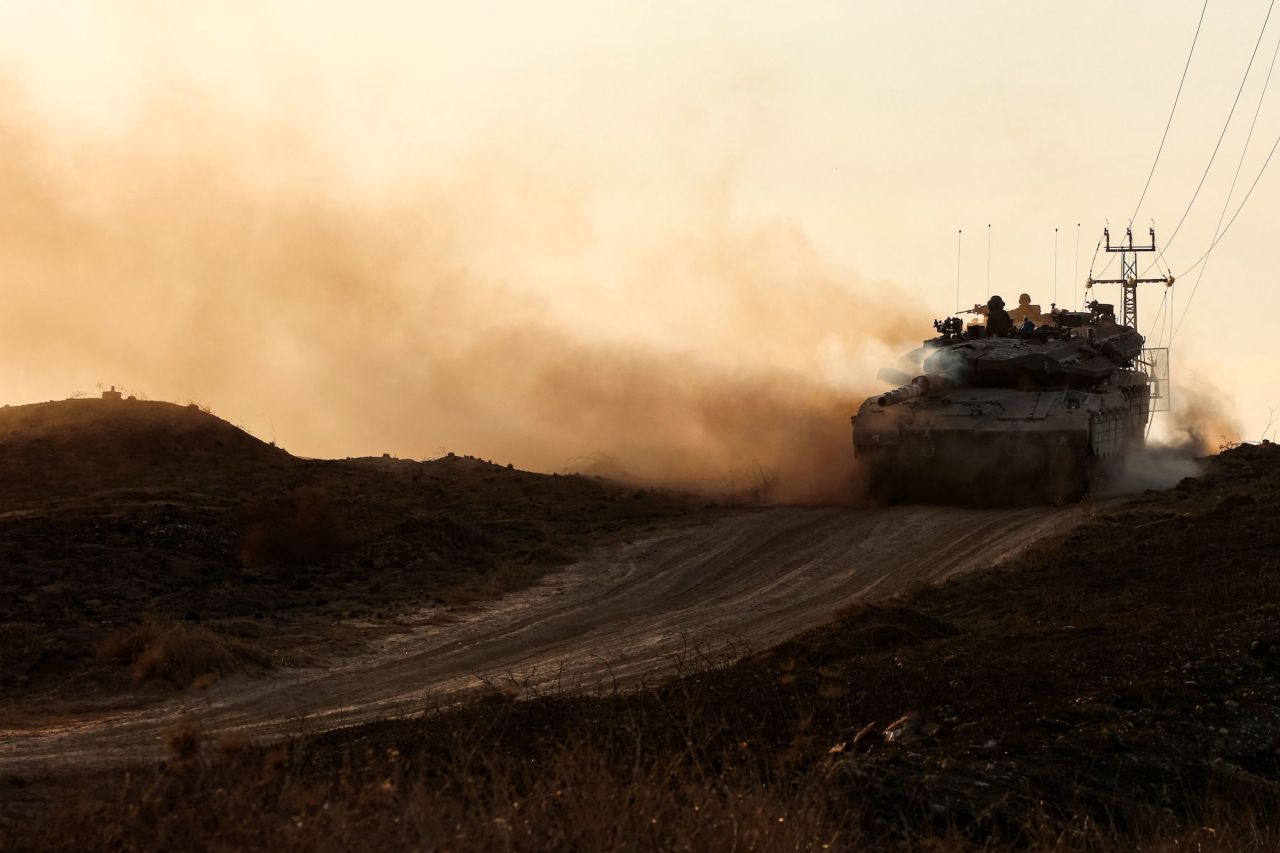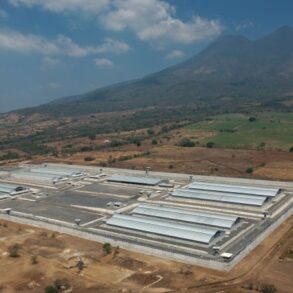
Tal and Zak have no idea how long they’ll be deployed in what the Israelis call “the Gaza envelope,” the area in southern Israel that was attacked by Hamas terrorists two weeks ago.
It could be weeks, it could be months, they said. “It’s the same for everyone. No one knows,” Zak told CNN at a military camp not far from the Gaza border. The two young soldiers, whose surnames CNN isn’t revealing for security reasons, serve in an artillery unit of the Israel Defense Forces that was moved into the area after Hamas militants killed 1,400 people and kidnapped about 200 on October 7.
Their unit is part of a massive buildup of Israeli troops and military material on the Gaza border. On top of its regular force, the IDF has also called up 300,000 reservists who reported to their bases within hours. Across Israel, highways in the vicinity of major bases are lined with thousands and thousands of cars, abandoned by reservists rushing to take up arms.
A ground incursion by Israel into Gaza now seems inevitable. On Thursday, Israeli Defense Minister Yoav Gallant told troops gathered near the border that they would “soon see” the enclave “from the inside,” saying Gaza will “never be the same.”
But what that operation might look like remains unknown. The IDF could launch a full-scale invasion or conduct more precise incursions aimed at recovering hostages and targeting Hamas operatives.
What will happen after that is an even bigger question. While the Israeli leadership speaks about the need to get rid of Hamas, the plan for the future of Gaza and its more than 2 million people people remains unknown.
“There is a consensus that any other option than to totally eliminate Hamas would be terrible, not just for Israel, but for the entire area, and then even globally,” said Harel Chorev, senior researcher in Middle Eastern studies at the Tel Aviv University.
But Hasan Alhasan, a research fellow for Middle East Policy at the International Institute for Strategic Studies, said the plan to annihilate Hamas could be dangerous and complicated – and may have unforeseen consequences.
“Because Hamas is deeply rooted and embedded within Gaza, its society and geography, in order to defeat them, Israel would have to carry out permanent topographic and demographic change of the Gaza Strip – and that has already been happening,” he told CNN.
“The concern, within Egypt especially, is that Israel’s strategy of making the humanitarian situation very difficult in Gaza is ultimately meant to force a mass expulsion of Palestinians from Gaza into the Egyptian Sinai,” Alhasan said, adding that Egypt has the backing of all of the Arab states in that it would not allow this.
“The Jordanians are also concerned that if we see a mass expulsion of Palestinians from Gaza, that this would create a precedent and that Israel’s right-wing government would attempt to solve the Palestinian issue once and for all by expelling them en masse from Gaza into Egypt and from the West Bank into Jordan,” he added.
This post was originally published on this site be sure to check out more of their content.







